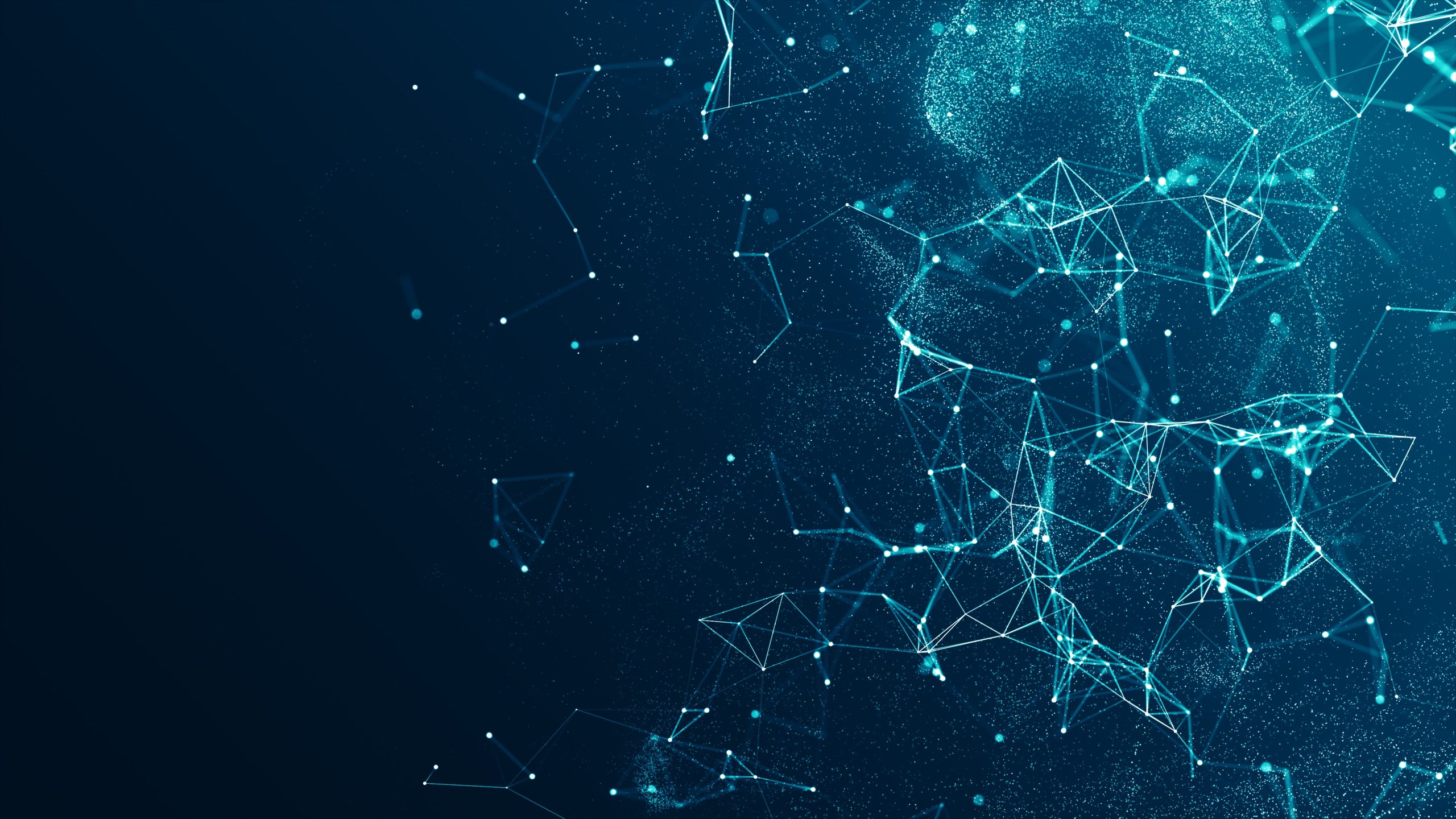
Session
for Student
Close
Quantum Computing Practice
Times:5 sessions
Format:On-demand
Presented:AIC
(1) Purpose and content of the course
This course is intended for those who have learned the basics of quantum computing in “Introduction to Quantum Computing”. From here, the course will finally go into the practical aspects of quantum computing. In Lectures 1 and 2, the aim is to clarify the current status of quantum computing research by introducing the history and development of quantum computing along with specific examples. In Lecture 3, the overall review of “Introduction to Quantum Computing” will be given, and the ground will be laid on the basic matters to understand quantum computing once again. Based on the contents of the first two lectures, the fourth and fifth lectures will deal with the practical algorithms, i.e., Grover search and quantum error correction.
(2) Contents of each lecture
Session 1: Overview of quantum computers
The first objective of this lecture is to give an overview of quantum computers. The first goal of this lecture is to get a general understanding of what a quantum computer is. and understand its history. After that, we will explain that quantum computers are classified into gated quantum computers and quantum annealing, and grasp the image of each. After that, we will touch on the current status of quantum computers, starting with quantum computer hardware. Finally, we will learn that quantum computers are a part of the technology that is attracting attention based on the current state of investment in quantum technology.
Session 2: Research Status of Quantum Computers
In the second session, the goal is to learn about the research status of quantum computers. From this lecture, we will focus on gated quantum computers. In the field of gated quantum computer research, there are two types of quantum computers: the “Fault Tolerant Quantum Computer: FTQC,” which is an ideal gated quantum computer in the future, and the “Noisy Intermediate-Scale Quantum: NISQ device,” which is a medium-scale computer that has been realized in the past and is currently being developed. Noisy Intermediate-Scale Quantum: NISQ devices,” which are currently being realized. This lecture will provide an overview of the research status of each of these categories and deepen understanding from the viewpoint of research status.
Session 3: Fundamentals of Quantum Computing
The purpose of this lecture is to provide a comprehensive review of the basics of quantum computation, focusing on the topics covered in “Introduction to Quantum Computing”. In addition to reviewing qubits and gates, the density operator, which is newly introduced to handle “noise” that affects quantum computers, will also be explained here. The contents covered in this lecture will provide an important ground for understanding Grover search and quantum error correction, which will be covered in subsequent lectures.
Session 4: Quantum Algorithms (1)
In this lecture, using the basics of quantum computation covered in the third session, students will learn about the “Grover search,” an algorithm that is actually practical for quantum computers. This quantum algorithm has been shown to be more efficient than classical algorithms and relatively easy to implement in quantum circuits. Since this quantum algorithm is based on the assumption of FTQC (quantum computer with error correction), the effects of noise will not be treated here.
Session 5: Quantum Algorithm (2)
In this lecture, we will learn the basics of quantum error correction using the basics of quantum computation covered in Session 3. Quantum error correction is a very important technique in quantum computers, where noise is inevitable, and is indispensable to realize FTQC. Students will understand the most basic contents of quantum error correction, such as tri-qubit codes and the Adamar test, and get an idea of quantum error correction. The lecture will conclude with a review of the entire lecture.

